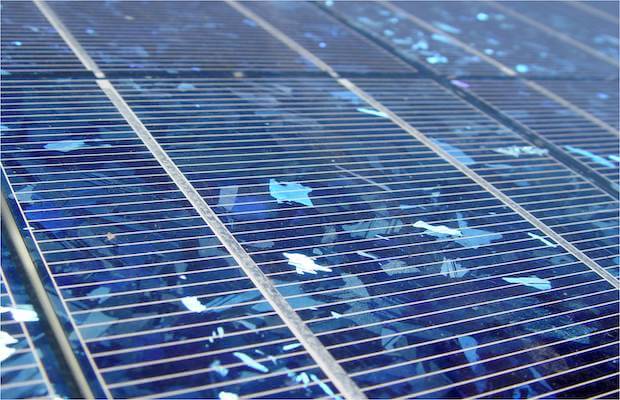Solar Power to Become Cheaper and More Efficient in 2020s: Report

Solar system prices will continue to become cheaper over the next decade, driven by advances in module efficiency, manufacturing, labour practices, and software, according to Wood Mackenzie. However, the focus of the next decade will be defined by two trends: a shift from purely decreasing capital expenditure to a more holistic approach to reduce lifetime solar system costs; and “solar plus” solutions.
The urgent need to fight climate change will demand the solar industry to think creatively beyond what was previously expected to be feasible. And, according to Xiaojing Sun, Wood Mackenzie Senior Analyst, and Lindsay Cherry, Wood Mackenzie Analyst, these six key themes will be the biggest trends to watch in the global solar market in 2020 and beyond:
- Project LCOE reduction
- “Solar plus” applications will begin to take over the market
- Repowering existing solar plants
- Trade tensions and tariffs
- Intelligent manufacturing will revolutionise the solar supply chain
- Cybersecurity breaches could become commonplace
The analysis adds that in the 2020s, solar energy as a standalone application will become less relevant than today and “solar plus” applications will begin to take over the market.
According to Wood Mackenzie, the late 2010s saw a rapid growth of floatovoltaics in several Asian countries due to a lack of viable land. Floatovoltaics are expected to become prominent in European and Middle Eastern countries over the next ten years. The higher cost is a common challenge faced by most “solar plus” applications. If floatovoltaics can offer any insight, costs are expected to decline as the competition among vendors and developers escalates with more market entrants and rising demand.
The most talked-about “solar plus” application is solar-plus-storage. As solar and storage costs are driven down the curve, the analysts say more utilities are likely to turn to solar-plus-storage instead of solar-only procurements to provide more dispatchable capacity on their grids.
The market for repowering existing solar plants will take off in the 2020s as the global install base for solar ages, according to the analysis.

“The repowering of solar systems allows for the production of more electricity while using existing land, interconnection points and other infrastructure, leading to a lower LCOE. From 2020 – 2030, the potential market for solar repowering sites that have reached 20 years of operation could hit 67 GWdc cumulatively. This could be a major boon for asset owners, O&M providers and solar component manufacturers,” said Cherry
“With the advent of more efficient and less expensive technology, repowering may even pencil out for sites younger than 20 years.”
To read the full analysis click here.
Source: saurenergy.com




